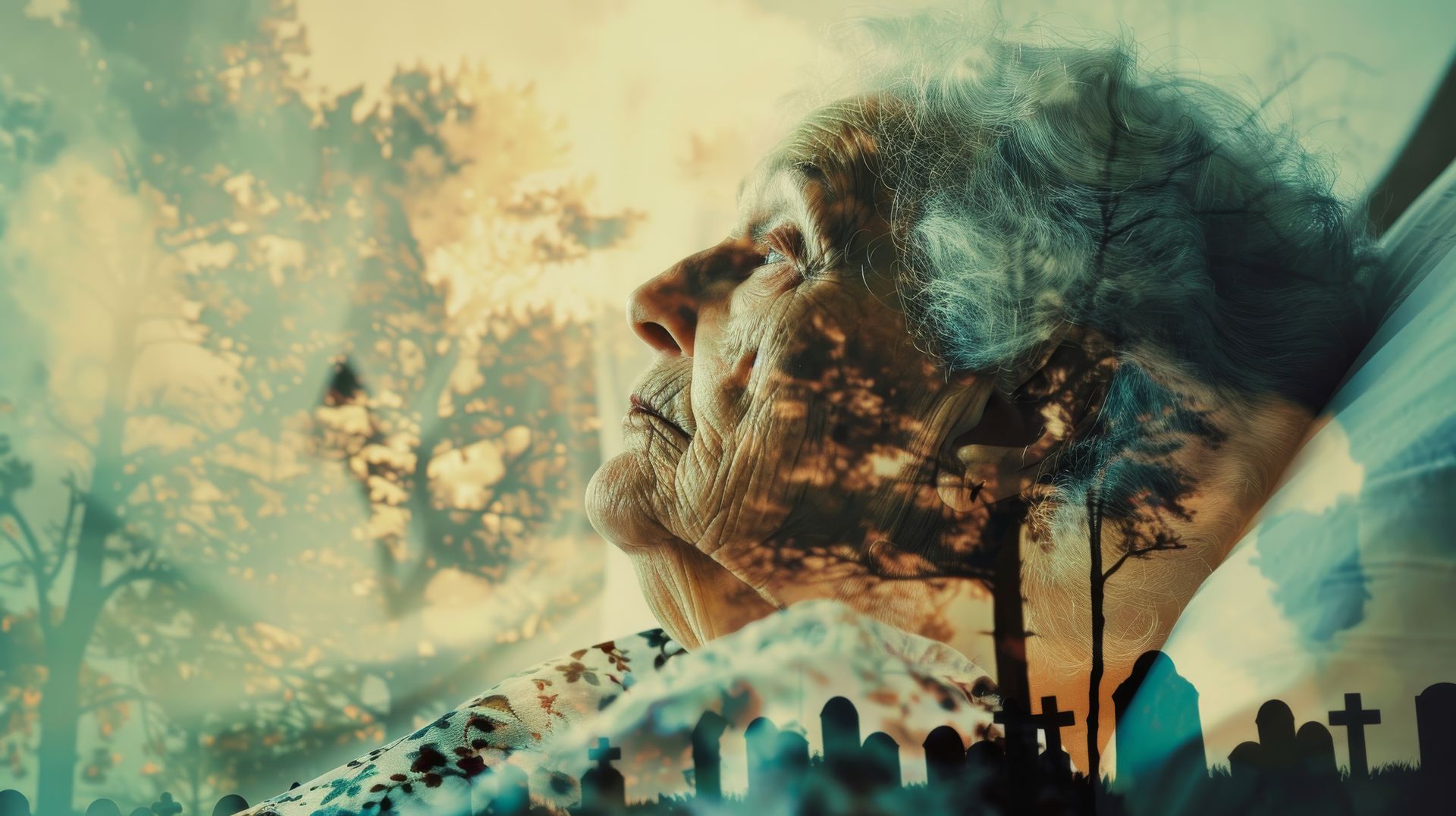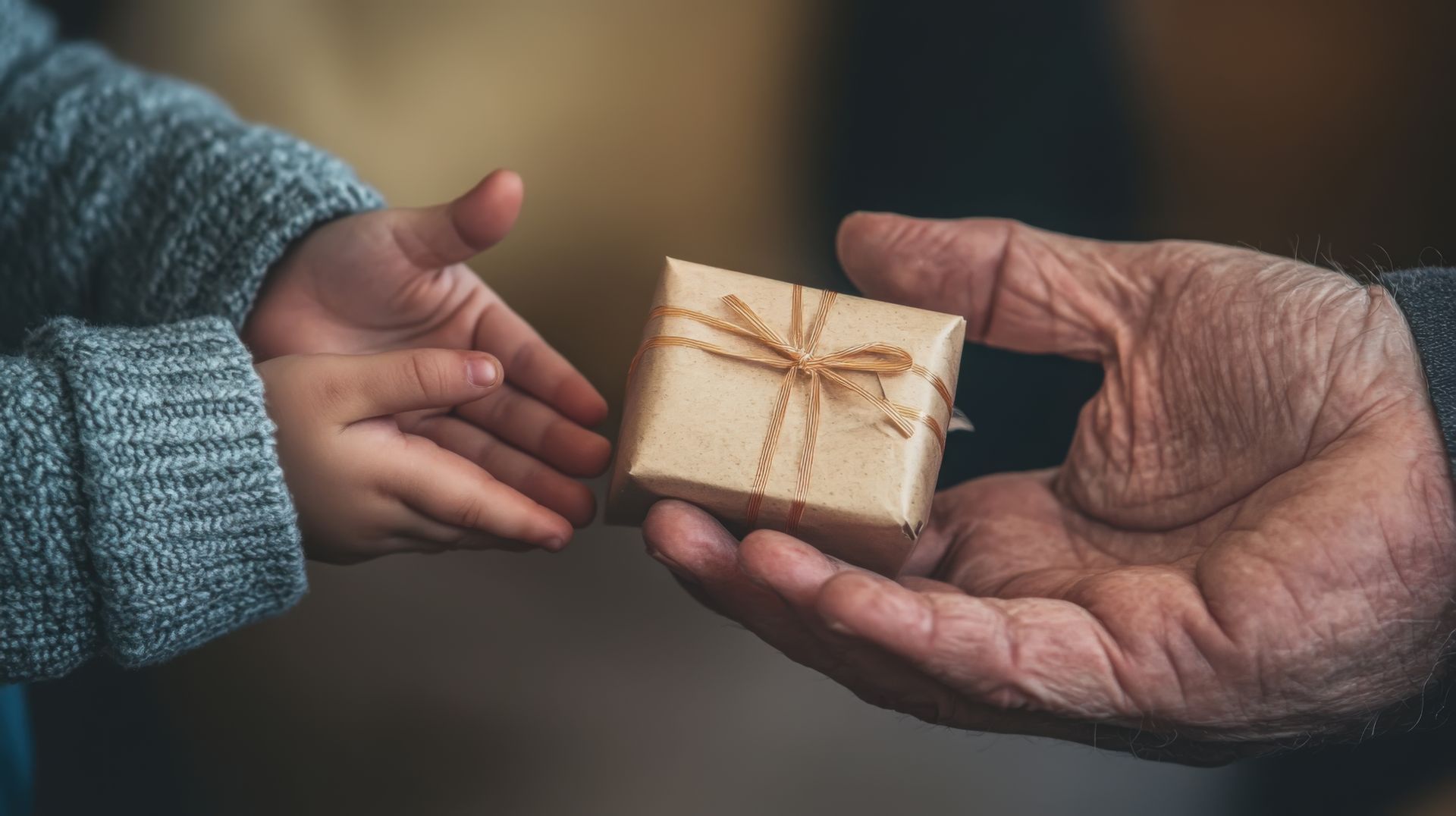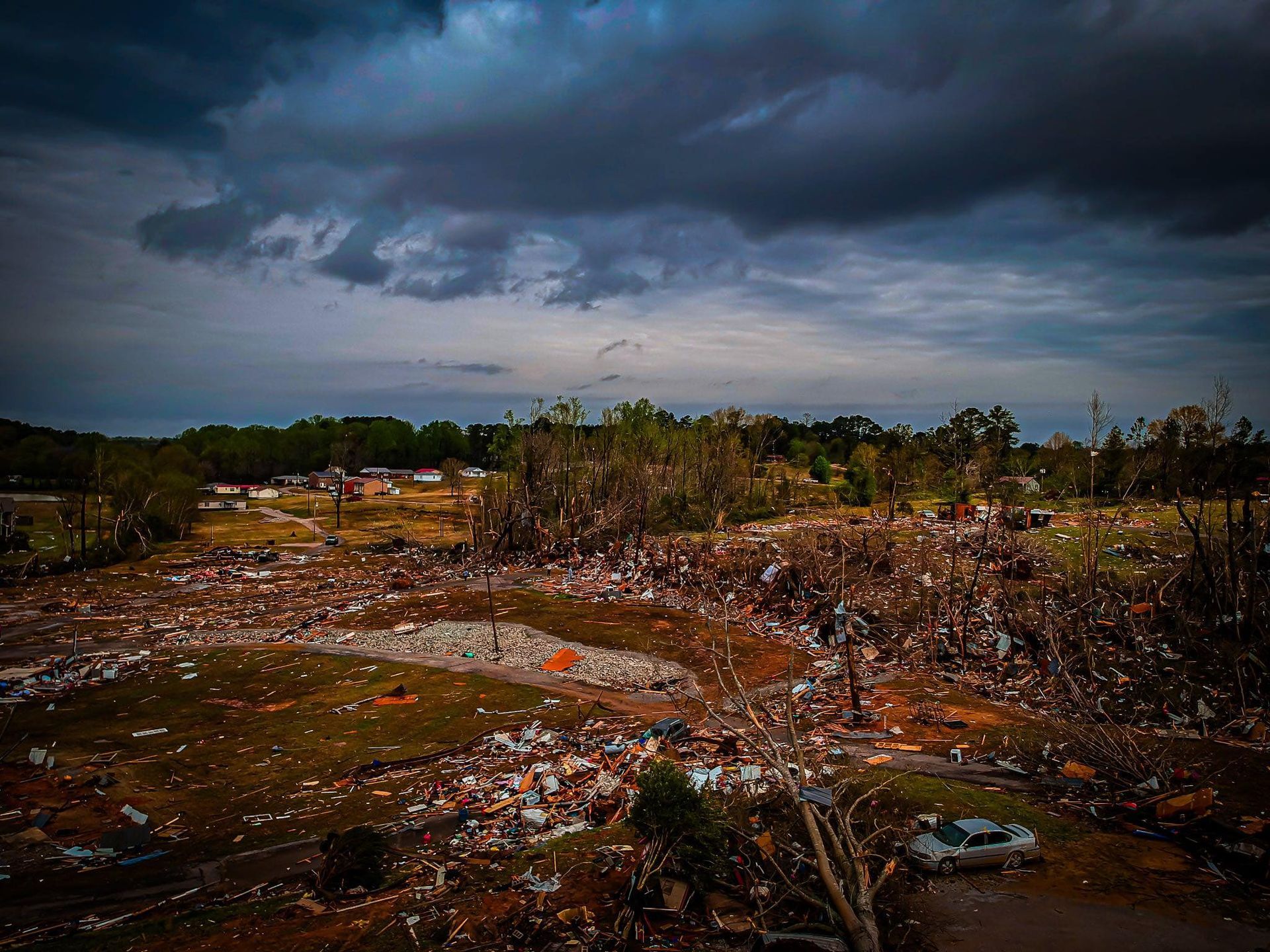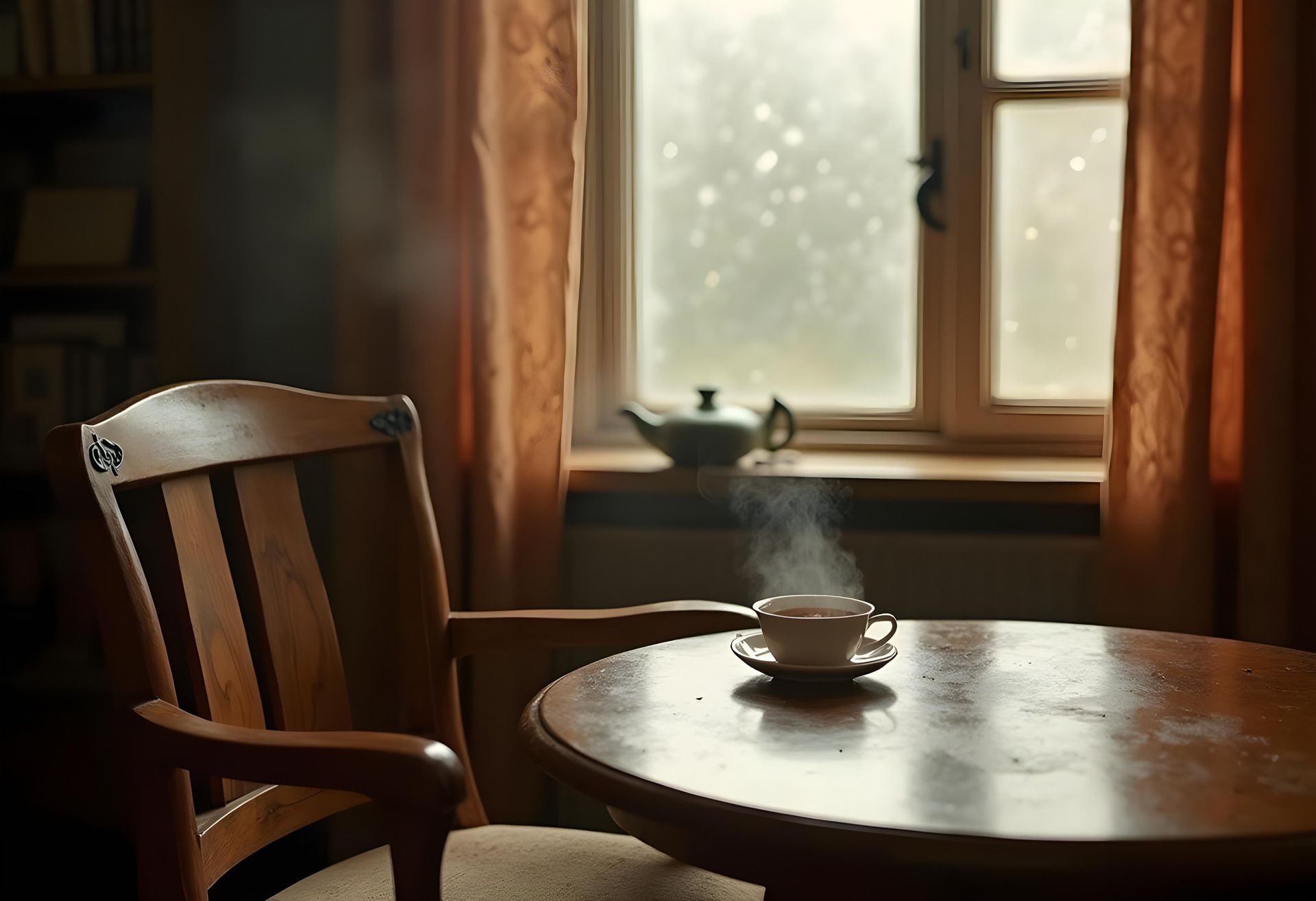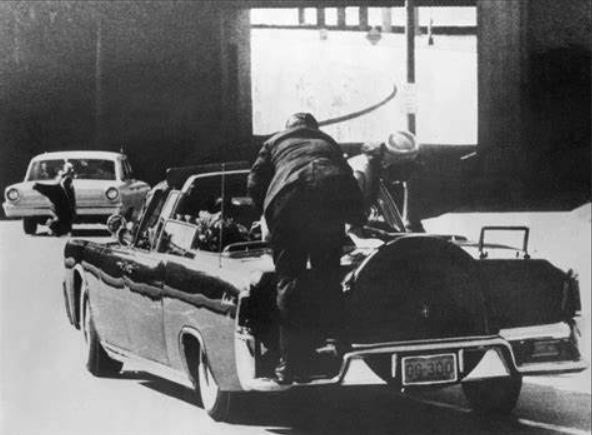Sacred Ground
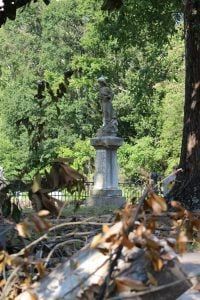
Recently we’ve been blessed with afternoon and evening rains that we seldom see in the month of August, rains that nourish the ground and allow the world to return to those wonderful shades of green that clothe early spring. But often the rain brings a friend or two . . . high wind and lightning to name a few. And recently one of those unruly guests wreaked havoc in a local cemetery.
I have an attachment to that cemetery. It holds the remains of my great-grandparents who also happen to be the founders of what is rapidly approaching a century old business. My aunt—my father’s little sister—who died as an infant is buried with them. Nearby you will find the Halls, the parents and brothers and sisters and in-laws of my grandmother on the Shackelford side.
Fortunately, the tree that fell during that storm was far away from the graves of my family. Unfortunately, it was surrounded by other graves, ones that are equally important to their families. A call from a member of the cemetery committee drew me to the spot and with pen and paper in hand to detail the damage and camera ready to permanently record the event, I wandered among the tree limbs and monuments, noting the names of those whose gravestones had been disturbed and the extent of the work to be done.
While I was there, members of the families affected began to arrive. One by one they surveyed the carnage. One by one they related the stories of those who lay beneath our feet—and for every story they did not tell, the monuments spoke for them.
There was the Major in the 91 st bomb group, a flight surgeon who was filling his required four hours of flight time when the newly repaired B-19 in which he was flying crashed in a field in Bassingbourn, Royston, England. The date was April 12, 1945. He was 31. Years later his parents were buried beside him.
There was the infant whose monument bears only one date and whose parents joined her decades later. Close by, another child sleeps; at the age of seven months she left her devastated parents who asked the stone carver to add to her monument “She was the sunshine of our home”. And unharmed among the debris stands the monument of a young mother who died as she gave birth to twins. According to her family that visited that day, her body lies within the earth, lovingly placed there with a babe cradled in each arm.
For many whose family members reside beneath the consecrated earth of this or any cemetery, it is sacred ground. When the time is right, the children are brought there, the history of their ancestors shared with them again and again until it becomes a part of their story—an oral retelling of their family’s roots and the people who came before them, passed from generation to generation.
That history and the ties that bind past and present are the reasons we become so distressed when those grounds are desecrated, whether by nature or by man. When monuments are damaged or destroyed, when flowers are stolen, when the ground is needlessly or thoughtlessly or maliciously disturbed, those whose history is bound within that place grieve again over what has been lost. Someone without such a connection may wonder why. After all, the dead are dead; they can’t feel the injuries inflicted upon them. I am certain that is an accurate observation—but I am equally certain that the living who cherish their memories most assuredly can.
The post Sacred Ground appeared first on Shackelford Funeral Directors | Blog.

